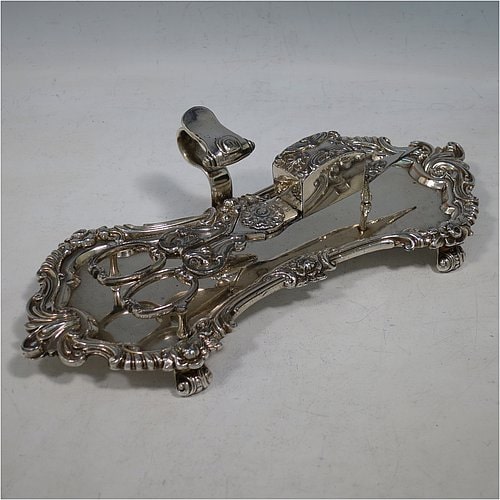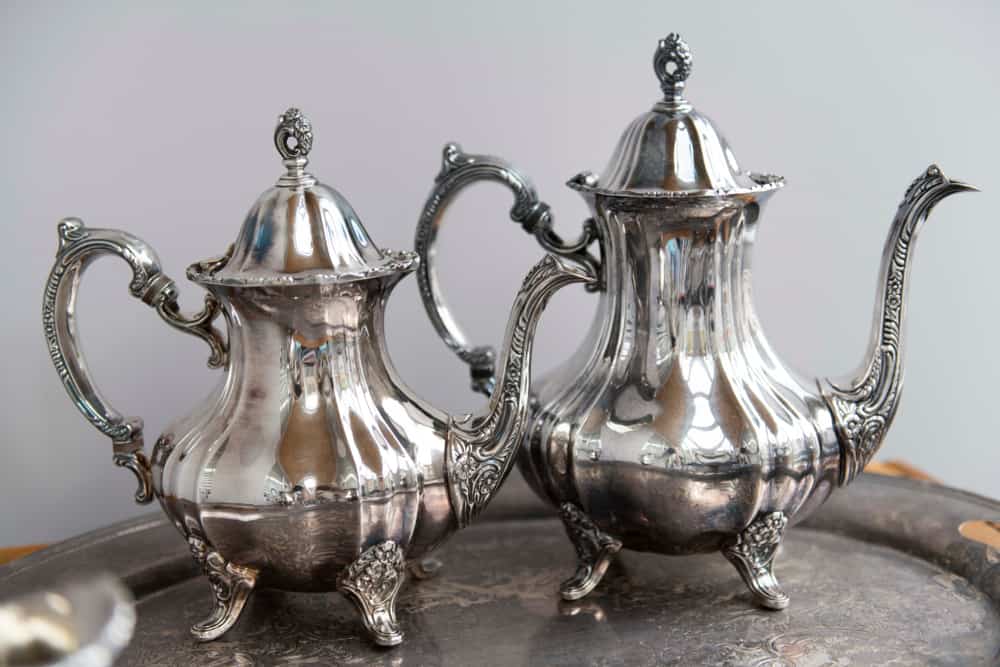Close Plate
- Time To Read: approximately 1 minute 44 seconds
 Close plating was a craft in which a thin layer of silver was applied to an article made of a base metal, most often iron or steel. Birmingham was the centre of the close plating industry in Britain.
Close plating was a craft in which a thin layer of silver was applied to an article made of a base metal, most often iron or steel. Birmingham was the centre of the close plating industry in Britain. The object was first smoothed and thoroughly cleaned. It was them heated in a charcoal fire and afterwards submerged into first a solution of salt-ammoniac and then into a molten tin. This completed the fusion of the steel and tin and the item was allowed to cool.


